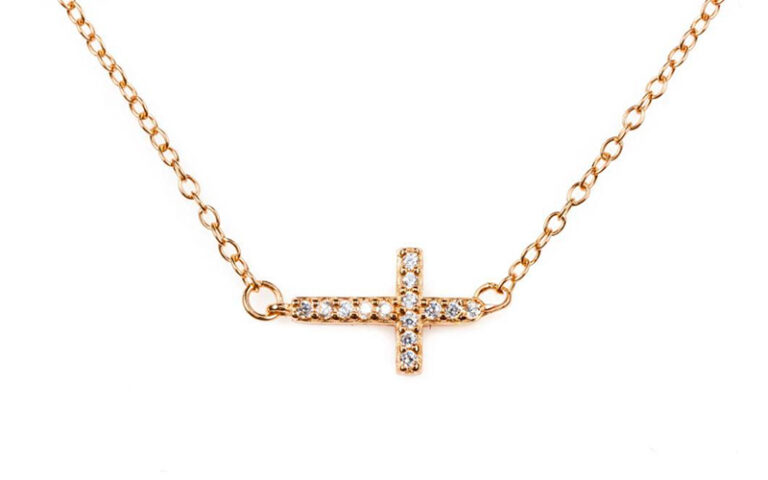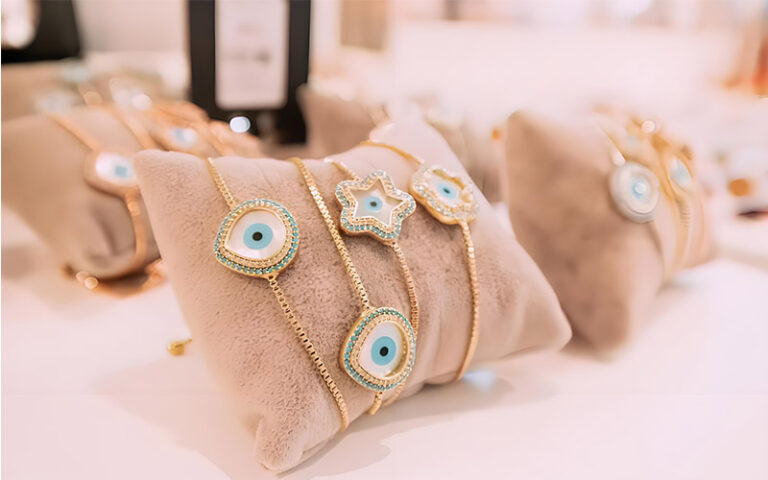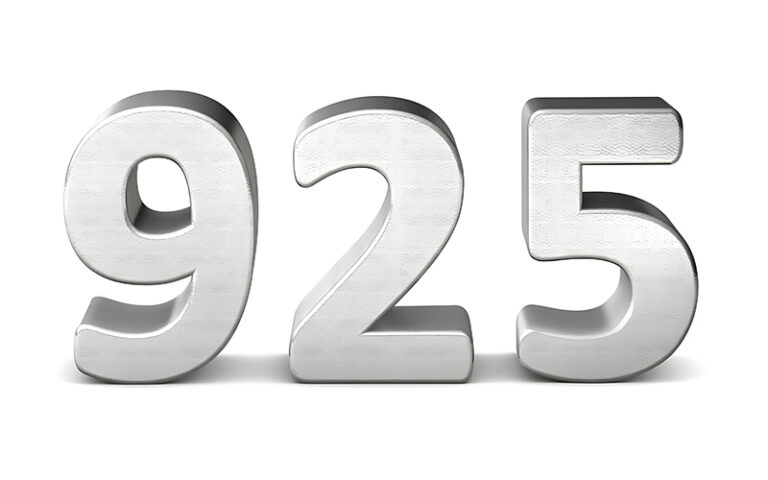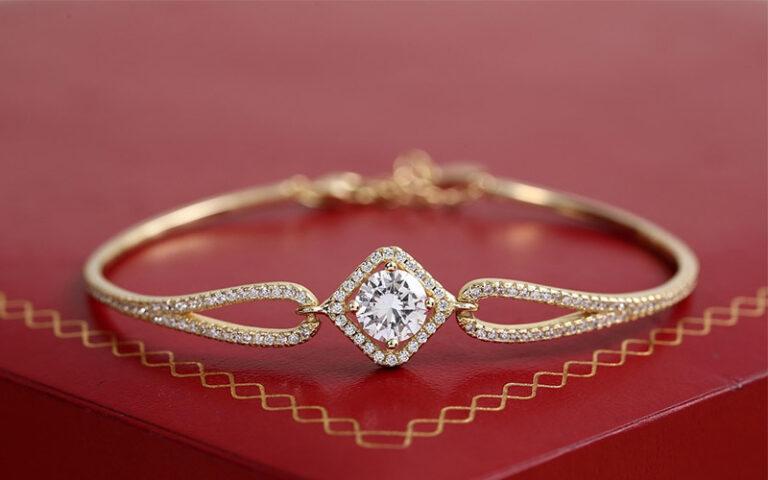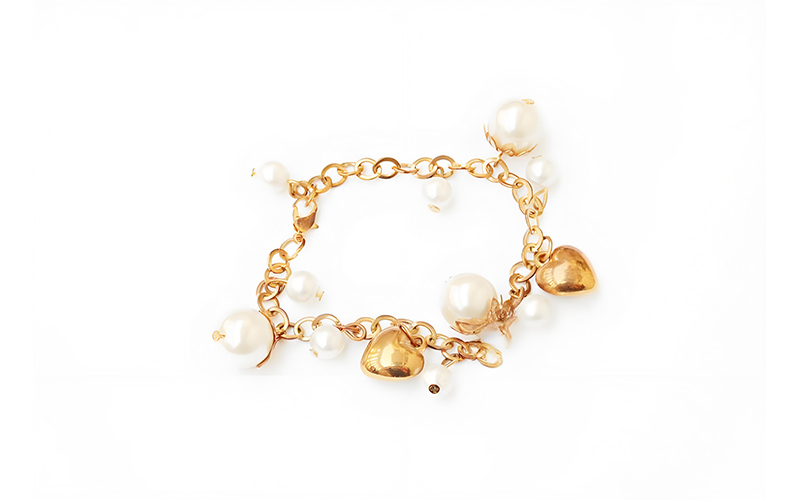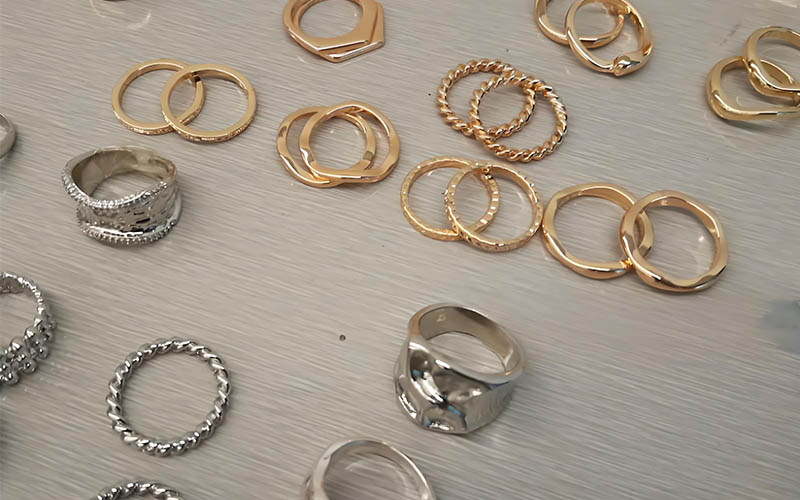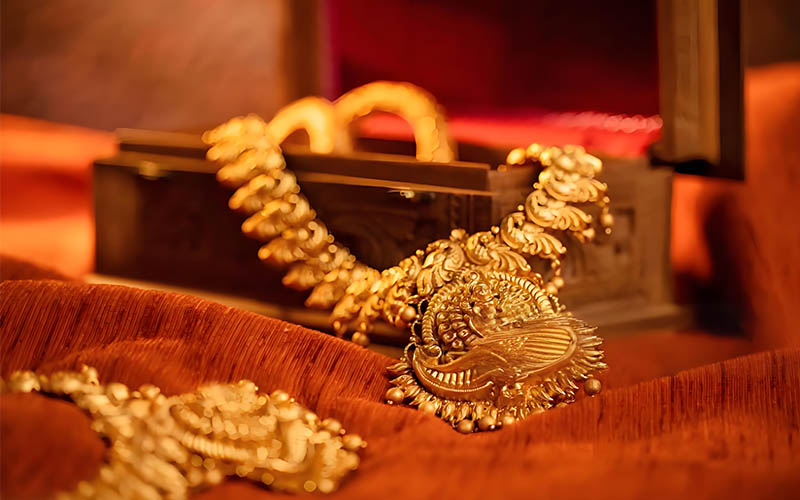-
Street Name, NY 38954
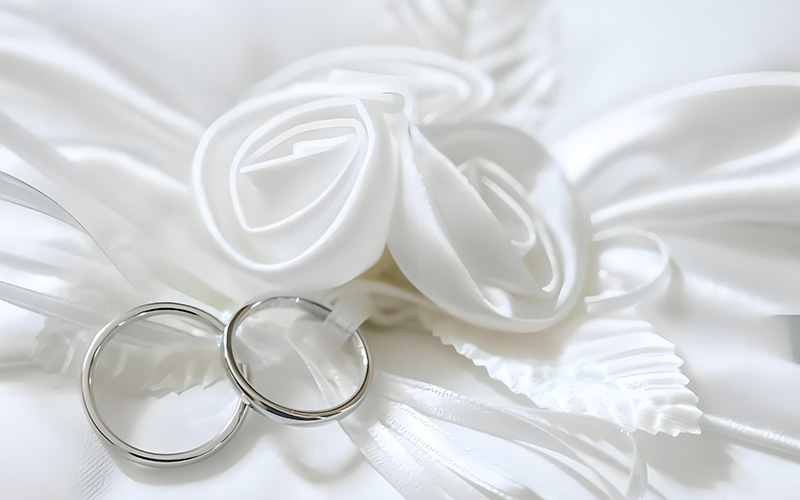
The Complete Guide to Jewelry Stamps: What Does 825 Mean on Your Silver Ring?
Have you ever looked at your favorite ring and wondered about those tiny numbers stamped inside? If you’ve spotted “825” on your silver jewelry, you’re not alone in wondering what this mysterious stamp means. This complete guide will decode jewelry stamps, explain purity marks, and help you understand the true value of your precious pieces. Whether you’re a jewelry collector, buyer, or simply curious about your own pieces, understanding these hallmark symbols is crucial for making informed decisions.
I’ve spent over two decades in the jewelry manufacturing business, and I’ve seen countless customers struggle with understanding what those tiny stamps actually mean. The problem is real and frustrating: you buy what you think is quality silver jewelry, only to discover later that the stamp tells a different story about purity and value.
Table of Contents
What Is a Jewelry Stamp and Why Does It Matter?
A jewelry stamp is a small marking pressed into metal during manufacturing. These stamps tell you everything about your piece of jewelry – from the type of metal used to its purity level. As someone who has manufactured thousands of jewelry pieces, I can tell you that these stamps are your first line of defense against fraud and your key to understanding value.
The stamp serves as a permanent record. Unlike a price tag or certificate that can be lost, the stamp travels with the jewelry forever. When you understand these markings, you gain power as a consumer. You can spot quality pieces, avoid overpriced items, and make smart buying decisions.
Every legitimate jeweler uses these stamps because they’re often required by law. In my manufacturing facility, we stamp every piece according to strict industry standards. This isn’t just about compliance – it’s about trust between the manufacturer and the customer.
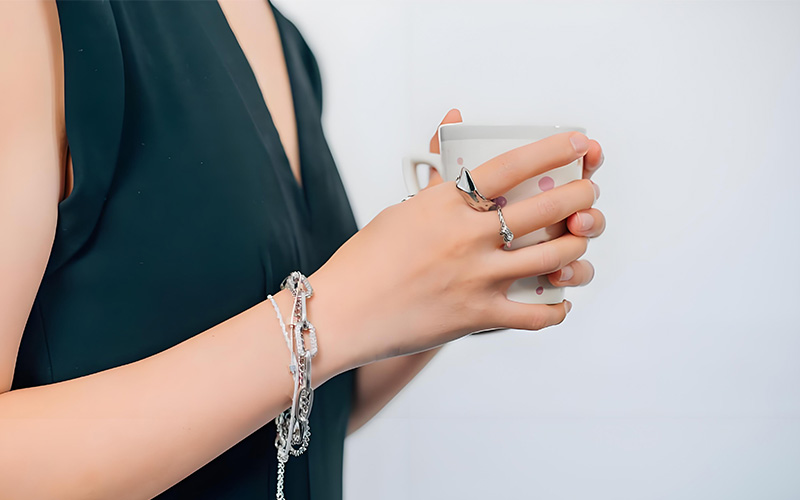
What Does the 825 Stamp Mean on Silver Jewelry?
Here’s where many people get confused, and I don’t blame them. When you see 825 stamped on your ring, it means the piece contains 82.5% pure silver. This is different from the more common 925 silver stamp you might have seen elsewhere.
The 825 jewelry stamp indicates a lower purity level than sterling silver. While sterling silver contains 92.5% pure silver (hence the 925 stamp), your 825 piece has 82.5% silver mixed with 17.5% other metals. These other metals are typically copper or nickel, which add strength but reduce the silver content.
Why would manufacturers use 825 instead of 925? Cost is the main factor. Using less pure silver reduces material costs, allowing manufacturers to offer lower-priced jewelry. However, this comes with trade-offs in quality and value. In my experience, customers who understand this difference make better purchasing decisions.
How Do Jewelry Stamps Indicate Metal Purity?
The number system for stamps is actually quite simple once you know the pattern. The three-digit number tells you the percentage of precious metal in parts per thousand. So 825 means 825 parts out of 1000 are pure silver, while 925 means 925 parts out of 1000 are pure silver.
This system works across different metals. For gold jewelry, you might see stamps like 585 (14k gold) or 750 (18k gold). The higher the number, the more precious metal content. Pure gold would be 999 or 24k, but it’s too soft for jewelry use in most cases.
Understanding purity marks helps you compare pieces accurately. When I explain this to customers, I use a simple analogy: think of it like the alcohol percentage in beverages. Just as 40% alcohol is stronger than 20%, 925 silver is “stronger” in silver content than 825 silver.
What’s the Difference Between 825, 925, and Other Silver Stamps?
The difference between these silver stamps is significant for both quality and value. Sterling silver (925) is the industry standard for quality silver jewelry. It contains 92.5% pure silver and 7.5% alloy metals, usually copper. This combination provides the perfect balance of beauty and durability.
Silver with an 825 stamp contains less pure silver, making it less valuable but potentially more affordable. Some manufacturers use 825 silver to create budget-friendly pieces. However, the lower silver content can affect the metal’s appearance over time and its tarnish resistance.
You might also encounter 999 silver stamps, which indicate 99.9% pure silver. This is essentially pure silver, but it’s rarely used in jewelry because pure silver is too soft for jewelry making. Most jewelers avoid pure silver for rings and bracelets because of durability issues.
How Can You Identify Authentic Jewelry Using Hallmark Stamps?
Authentic hallmarks are your best protection against fake jewelry. Real stamps are clean, evenly pressed, and positioned in logical locations on the jewelry. In my manufacturing process, we use professional stamping equipment that creates precise, legible marks.
Fake stamps often look sloppy or are placed in unusual locations. The hallmark should be proportional to the jewelry size – too large or too small stamps are red flags. Authentic stamps also match the metal they claim to represent. If you see a 925 stamp on yellow-colored metal, something’s wrong.
Professional assay offices in many countries also add their own hallmarks to certify purity. The London Assay Office, for example, has specific symbols that indicate the piece was tested and verified. These additional marks provide extra authenticity assurance.
What Do Gold Jewelry Stamps and Markings Tell You?
Gold stamps work differently than silver stamps because gold purity is often measured in karats rather than percentage. However, you’ll also see numerical stamps on gold jewelry that follow the same percentage system.
For gold jewelry, common stamps include 14k (58.5% gold), 18k (75% gold), and 22k (91.6% gold). You might see these as numbers: 585, 750, and 916 respectively. Pure gold (24k) would be stamped as 999, but like pure silver, it’s too soft for jewelry.
Gold plating creates a different marking system. You might see “GP” for gold plate or “GF” for gold-filled. These pieces have only a thin layer of gold over a base metal like copper or zinc. Understanding these markings prevents you from paying solid gold prices for plated pieces.
Where Should You Look for Stamps on Jewelry?
Finding stamps requires knowing where to look. On rings, check the inside of the band. Necklaces and bracelets usually have stamps near the clasp. Earrings might have stamps on the posts or backs.
The stamp location depends on the jewelry design and size. Manufacturers choose spots that won’t interfere with wearing comfort or visual appeal. Sometimes you need a magnifying glass to read tiny stamps clearly, especially on delicate pieces.
If you can’t find a stamp, don’t panic immediately. Very small pieces like earring studs might not have space for stamps. However, valuable pieces should always have some form of marking, even if it’s just a maker’s mark indicating who created the piece.
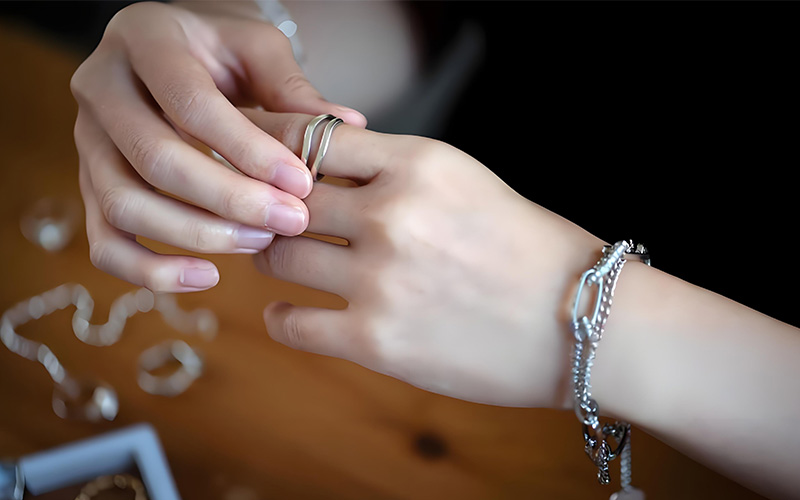
What Other Symbols and Stamps Are Commonly Found on Jewelry?
Beyond purity marks, jewelry often contains other important stamps. Maker’s marks identify the manufacturer or designer. These might be initials, symbols, or company names. Date marks indicate when the piece was made, though these are more common in vintage jewelry.
Country marks show where the piece was manufactured. Import regulations often require these markings. You might see “Italy,” “Thailand,” or other country names stamped alongside purity marks.
Some stamps indicate special treatments. “Rhodium plated” might appear on white gold pieces. Platinum jewelry typically shows “PLAT” or “PT” stamps. These additional markings provide valuable information about the jewelry’s composition and manufacturing.
How Do Jewelry Manufacturers Use Purity Marks for Quality Control?
As a manufacturer, I can tell you that stamps are essential for quality control and legal compliance. Every batch of metal we receive is tested before use. The stamp serves as our guarantee that the finished piece meets stated purity levels.
The stamping process happens after the jewelry is formed but before final finishing. We use calibrated tools that ensure consistent, accurate marks. This isn’t just about following rules – it’s about building trust with customers and maintaining our reputation.
Quality manufacturers also keep detailed records linking each stamp to specific metal batches. This traceability helps if questions arise later about a piece’s composition. It’s part of our commitment to transparency and customer protection.
What Should You Do If Your Jewelry Has No Stamp?
Unstamped jewelry isn’t necessarily fake, but it requires extra caution. Very old pieces might have worn stamps, or small pieces might lack space for marking. However, significant pieces without stamps should be professionally tested.
A qualified jeweler can perform acid tests or electronic tests to determine metal content. These tests are quick and relatively inexpensive compared to the potential cost of owning misrepresented jewelry.
If you’re buying unstamped jewelry, negotiate accordingly. Without stamps, you can’t be certain of purity levels, so the price should reflect this uncertainty. Don’t pay sterling silver prices for unstamped pieces that might contain much less silver.
Problem: Too many jewelry buyers get confused by stamps and end up overpaying for lower-quality pieces or missing out on good deals because they don’t understand markings.
Agitation: This confusion costs people money every day. They buy 825 silver thinking it’s the same as 925, or they avoid perfectly good pieces because they don’t recognize legitimate manufacturer marks.
Solution: Understanding stamps gives you confidence and power as a buyer. You can spot quality pieces, negotiate fair prices, and build a jewelry collection based on knowledge rather than guesswork.
